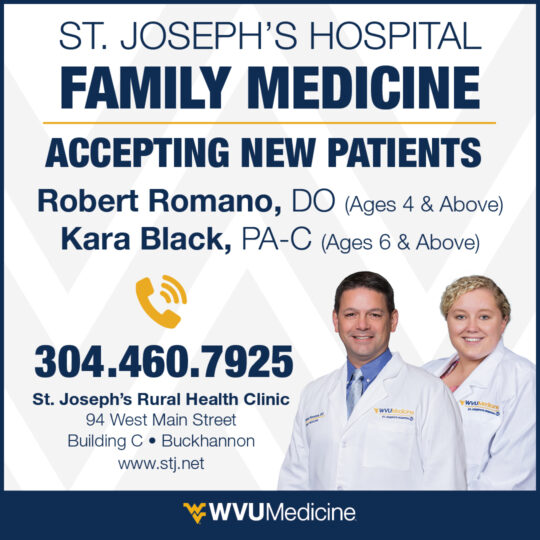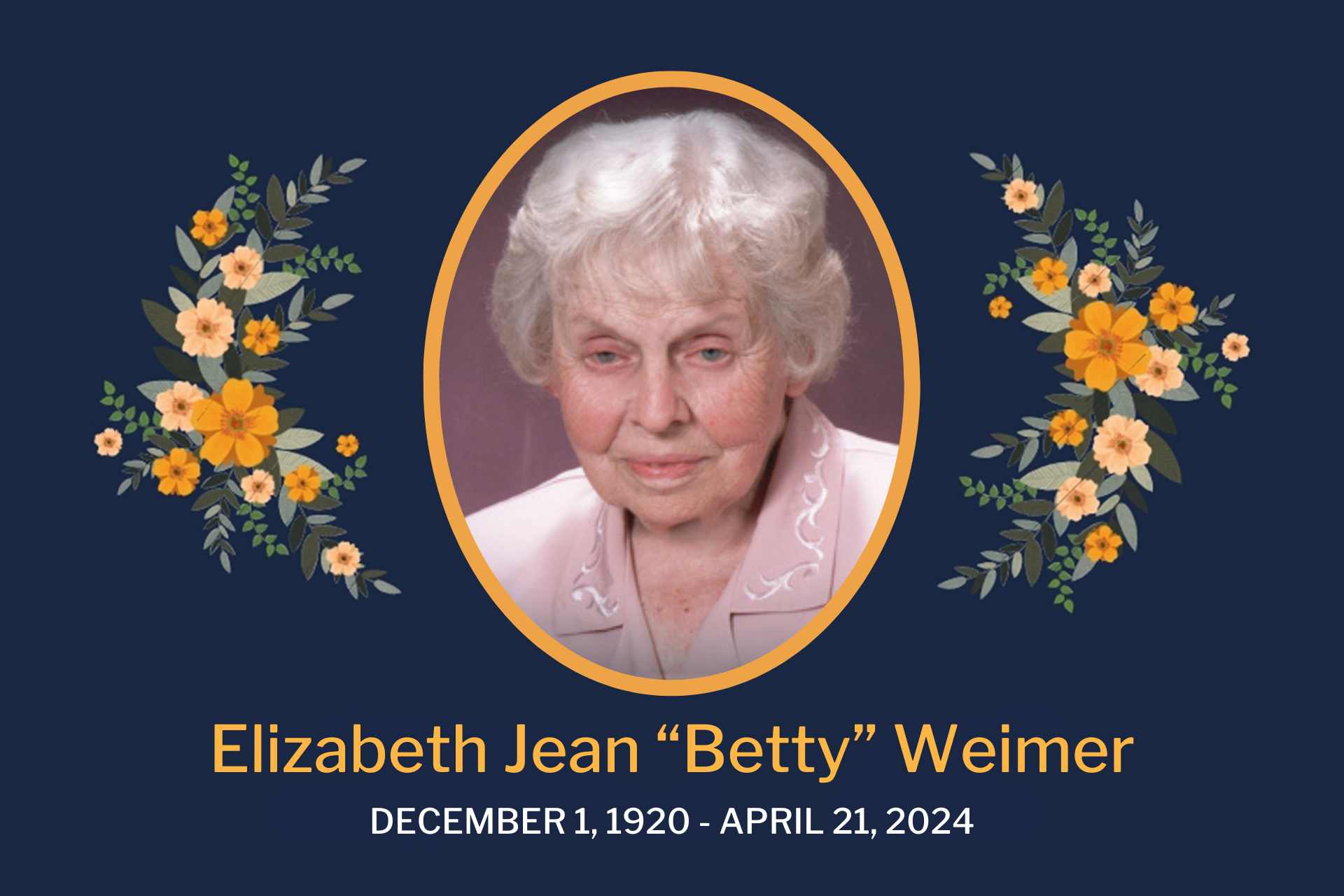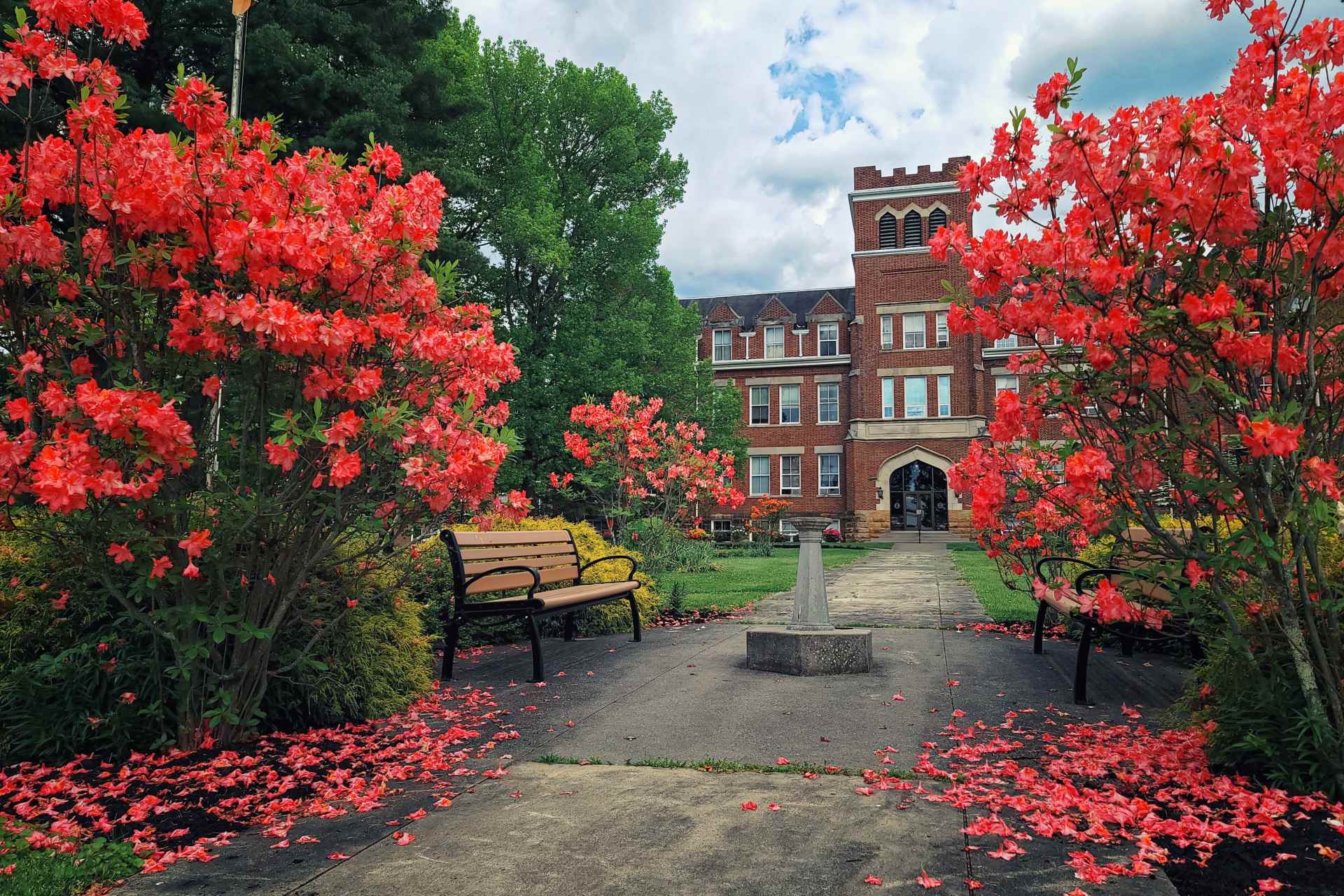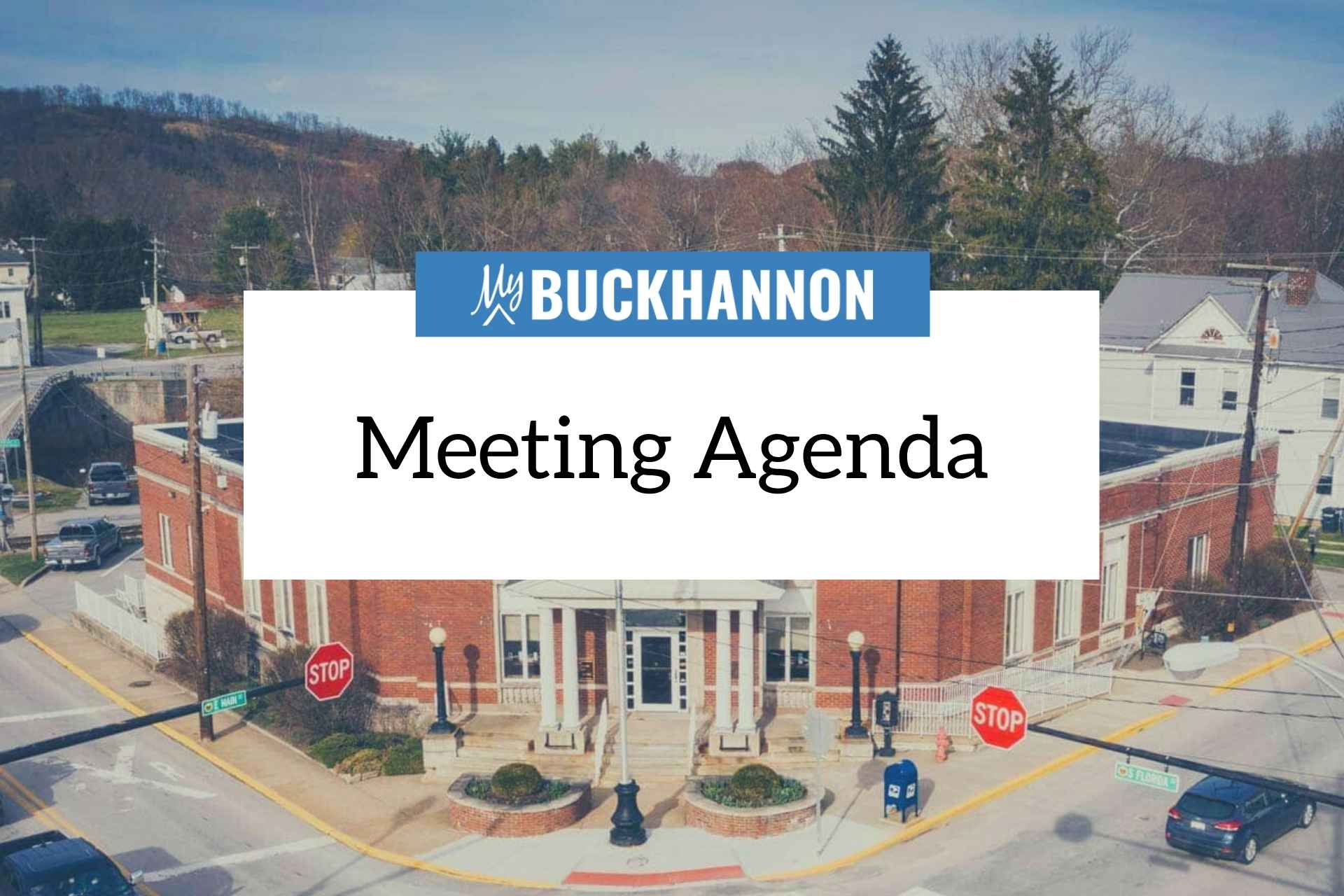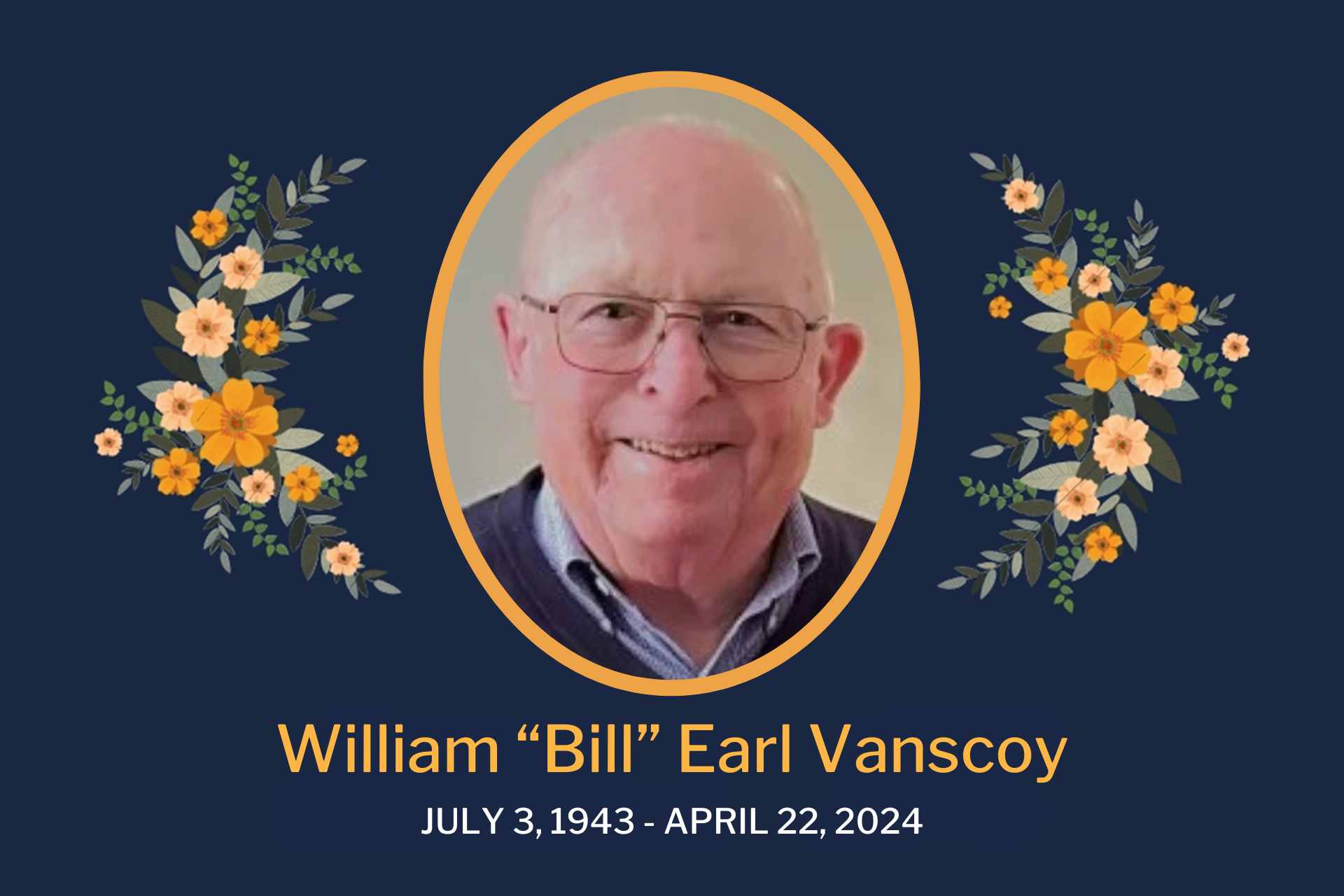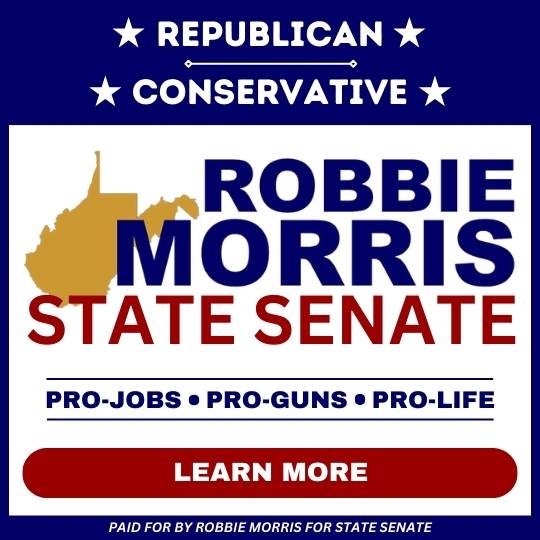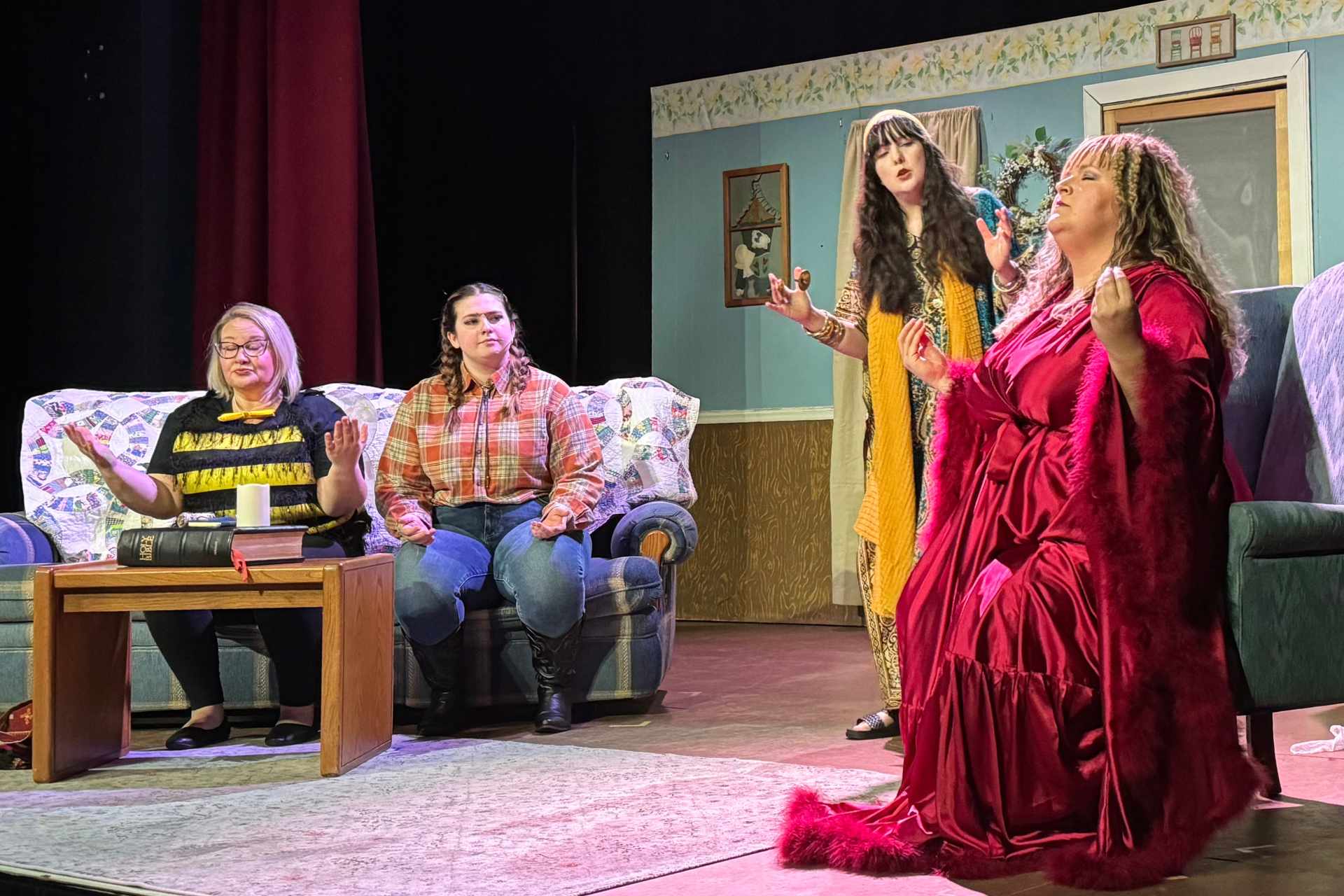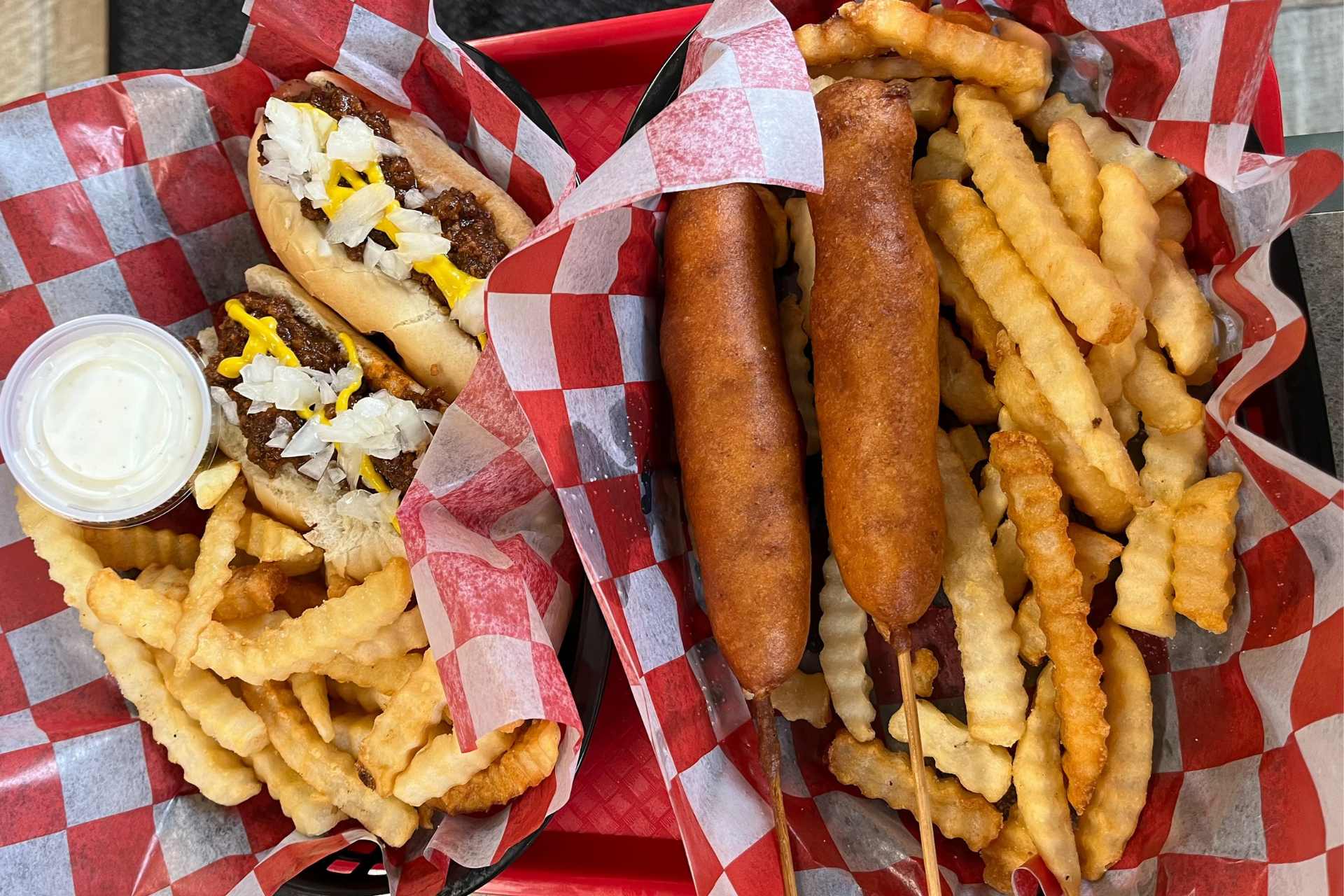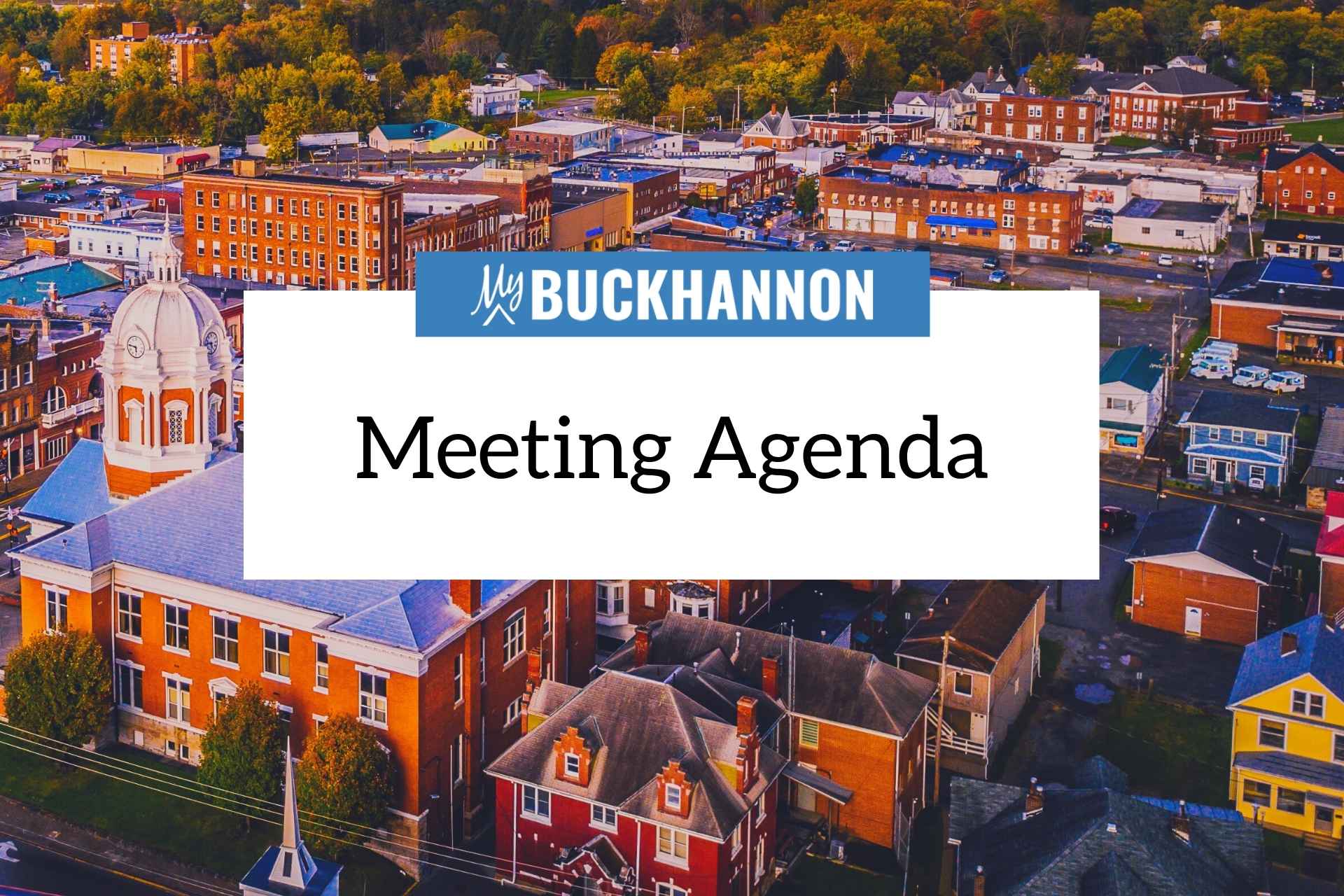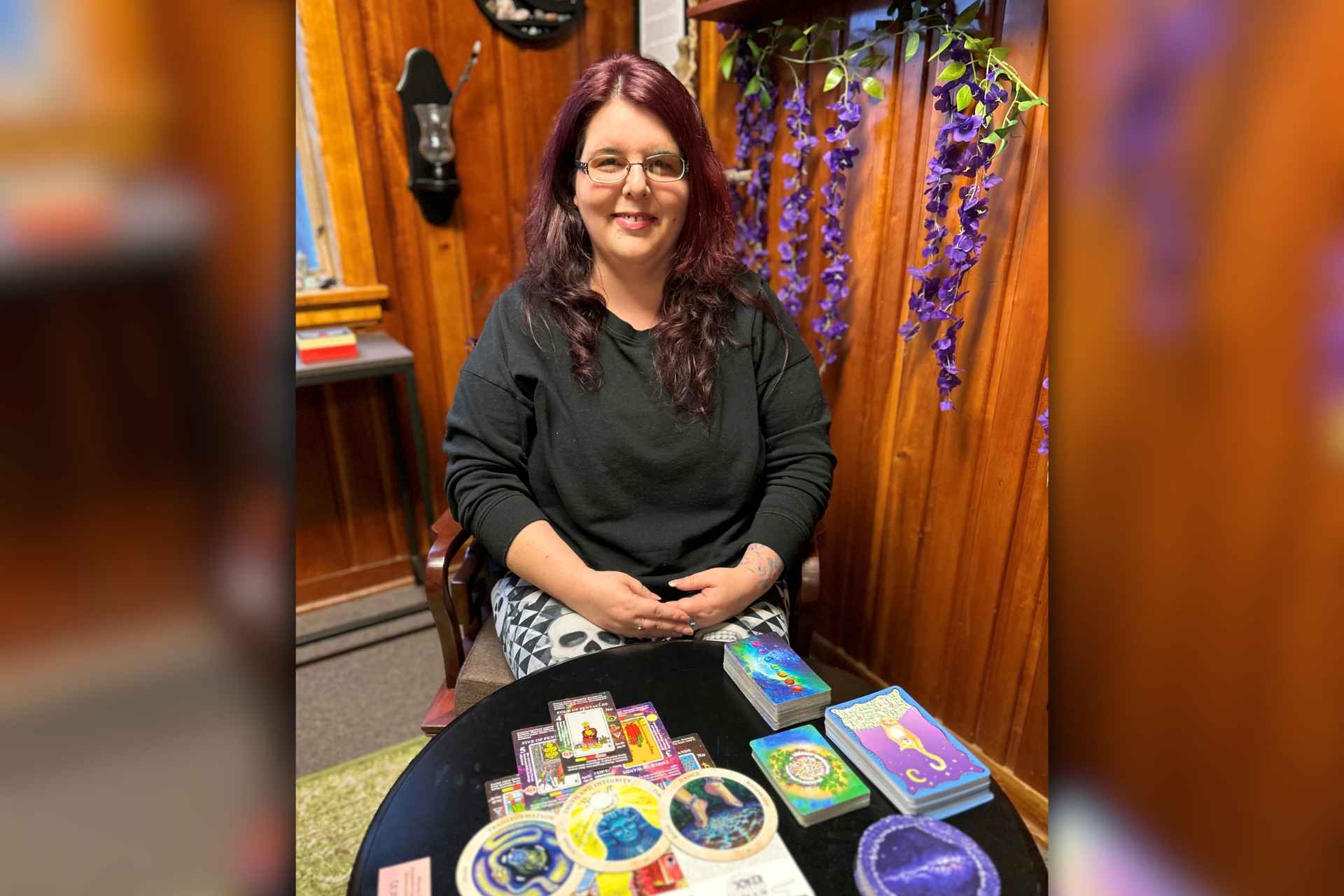FAIRMONT, W.Va. – U.S. Senator Shelley Moore Capito (R-W.Va.) joined National Aeronautics and Space Administration (NASA) Administrator Jim Bridenstine at a ceremony to rename the NASA Independent Verification and Validation (IV&V) facility in Fairmont after West Virginia native and famed mathematician Katherine Johnson.
The IV&V facility, originally founded in 1993 to contribute to the safety and success of NASA’s highest-profile missions, was renamed in Johnson’s honor as a result of legislation Senator Capito introduced in September 2018 and President Trump signed into law in December 2018.
“It is fitting that the only NASA facility in West Virginia be named after a West Virginia native who became a pioneer in space exploration, but this rededication is about so much more than that,” Senator Capito said. “Katherine Johnson’s is not just a name on this building.
Her work also made what they do inside the building possible. Today, we celebrate Katherine Johnson, her life, her career, her achievements, and the achievements to come on earth and in space because of her.”
“Katherine’s life and legacy included key contributions to NASA’s initial foray into human spaceflight where her calculations, such as those helping Project Apollo’s Lunar Lander to synch with the moon-orbiting Command and Service Module, ensured mission safety and success,” Administrator Bridenstine said.
“The IV&V Program at the Katherine Johnson IV&V Facility continues to support human spaceflight today, providing critical assurance for the software on NASA’s highest profile missions, including the International Space Station, Space Launch System, and supporting NASA’s return to the Moon with Artemis.”
“This is a momentous day because it’s like coming home,” Johnson’s daughter Katherine Moore said. “To see her name on the building is very humbling. Our mother would say she didn’t do it for the accolades, but this certainly does add a few stars to her crown. We are very proud to represent her today.”
Born in 1918, Johnson’s intense curiosity and brilliance with numbers led her to a distinguished career spanning more than three decades with NASA and its predecessor agency, the National Advisory Committee for Aeronautics. Among her professional accomplishments, Johnson calculated the trajectory for Alan Shepard’s Freedom 7 mission in 1961.
The following year, Johnson performed the work for which she would become best known, when she was asked to verify the results made by electronic computers to calculate the orbit for John Glenn’s Friendship 7 mission. She went on to provide calculations for NASA missions throughout her career, including several Apollo missions.

